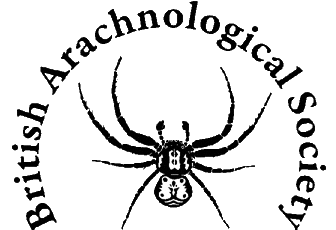Pseudoscorpions are so called because of their superficial resemblance to scorpions. A superficial resemblance is as far as it goes, because they lack the tapering 'abdomen' terminating in a sting and they breathe using tracheae, not lung books. Above all, they are very small, the largest known having a body length of not much more than 8mm.
These secretive animals are found beneath bark, in caves, rock crevices, leaf litter, rotting wood, bird and mammal nests, barn debris, amongst grass stems and similar habitats. As they are small and frequently overlooked, but where they live they are the 'tigers' of their habitat, actively hunting and killing small insect and other prey. Many are capable of producing venom from one or more claws of their pedipalp. This can be extremely toxic, if you are an insect, and some are quite capable of quickly felling prey several times their own size. The chelicerae are very complex having a powerful biting 'finger', food filters, special sensory hairs and even silk producing glands.
Silk produced by the chelicerae is used to build tiny retreats for aestivation, moulting and rearing young. Silk-like material is also produced by males in the form of spermatophores, structures upon which packets of sperm are fixed for the female to pick up. Mating involves the male leaving spermatophores randomly around for the female to find, males producing them only when sensing a female, or producing them after 'dancing' together, with or without holding 'hands' (pedipalps) like scorpions. Eggs are not laid, but kept attached to the female's genital aperture where they are nourished as they develop. The first stage larvae also remain attached to her and receive nutriment. In some species the mother continues to feed them with secretions from her mouth even when they have moulted.
For more information on pseudoscorpions visit the Pseudoscorpion Recording Scheme web page.
